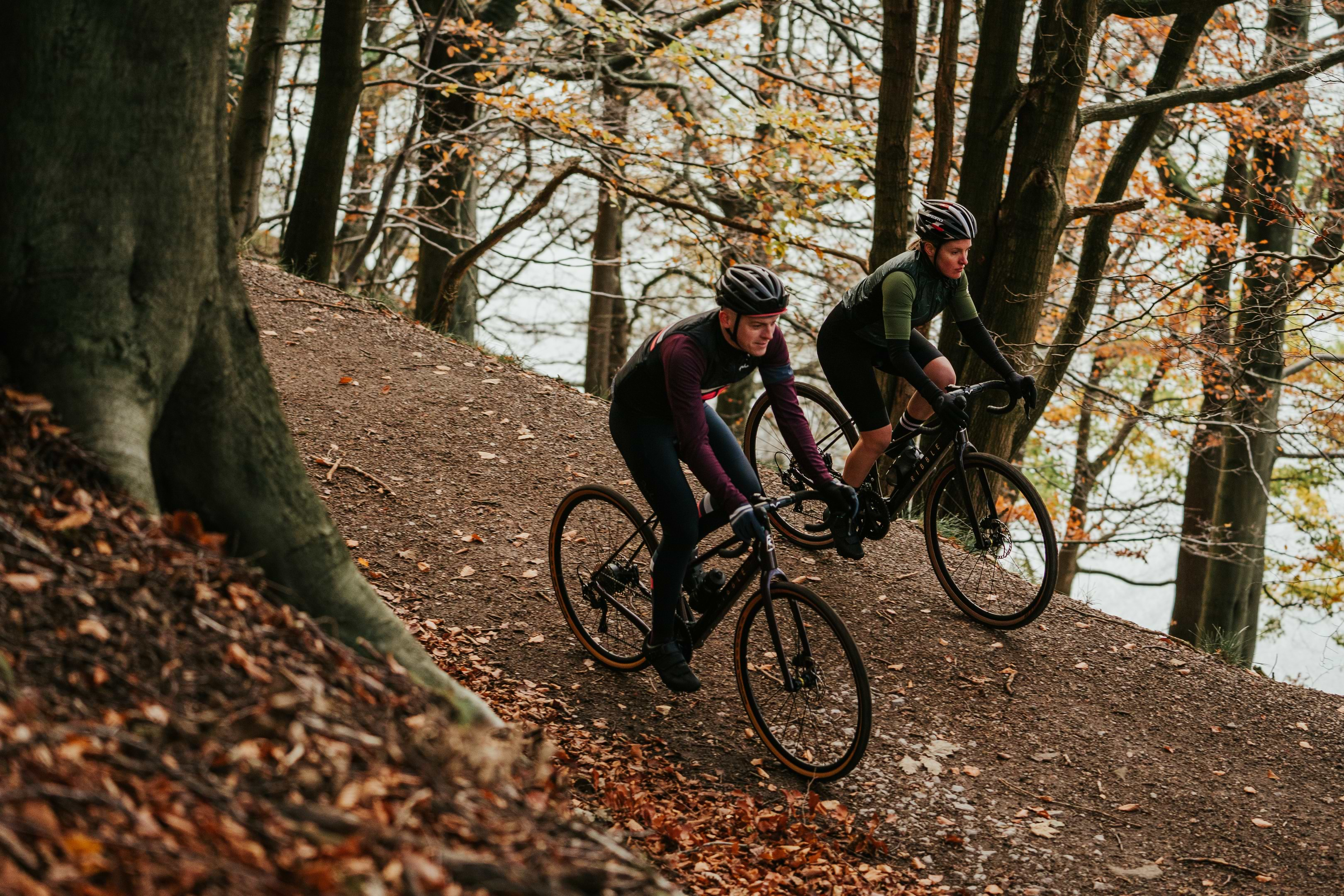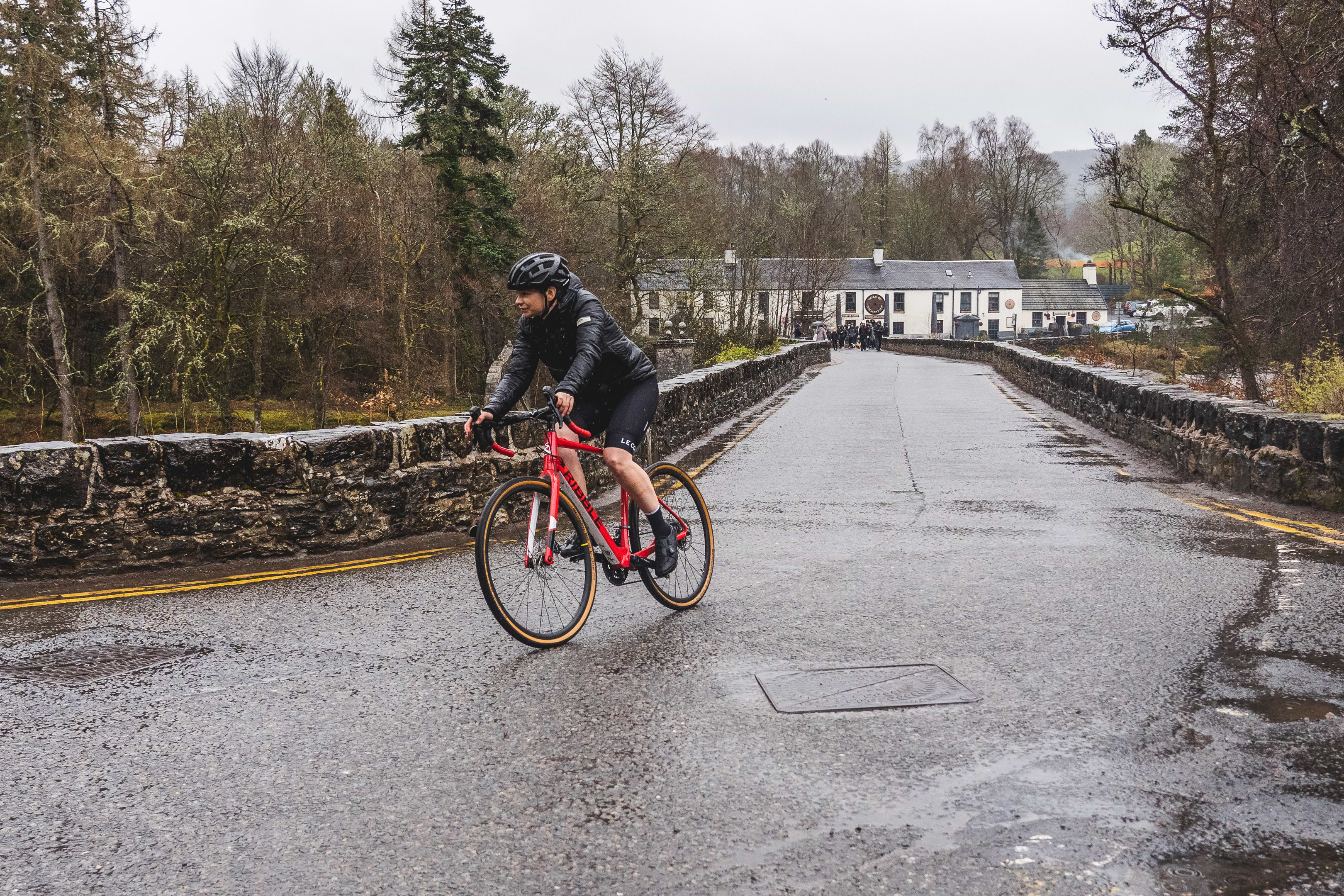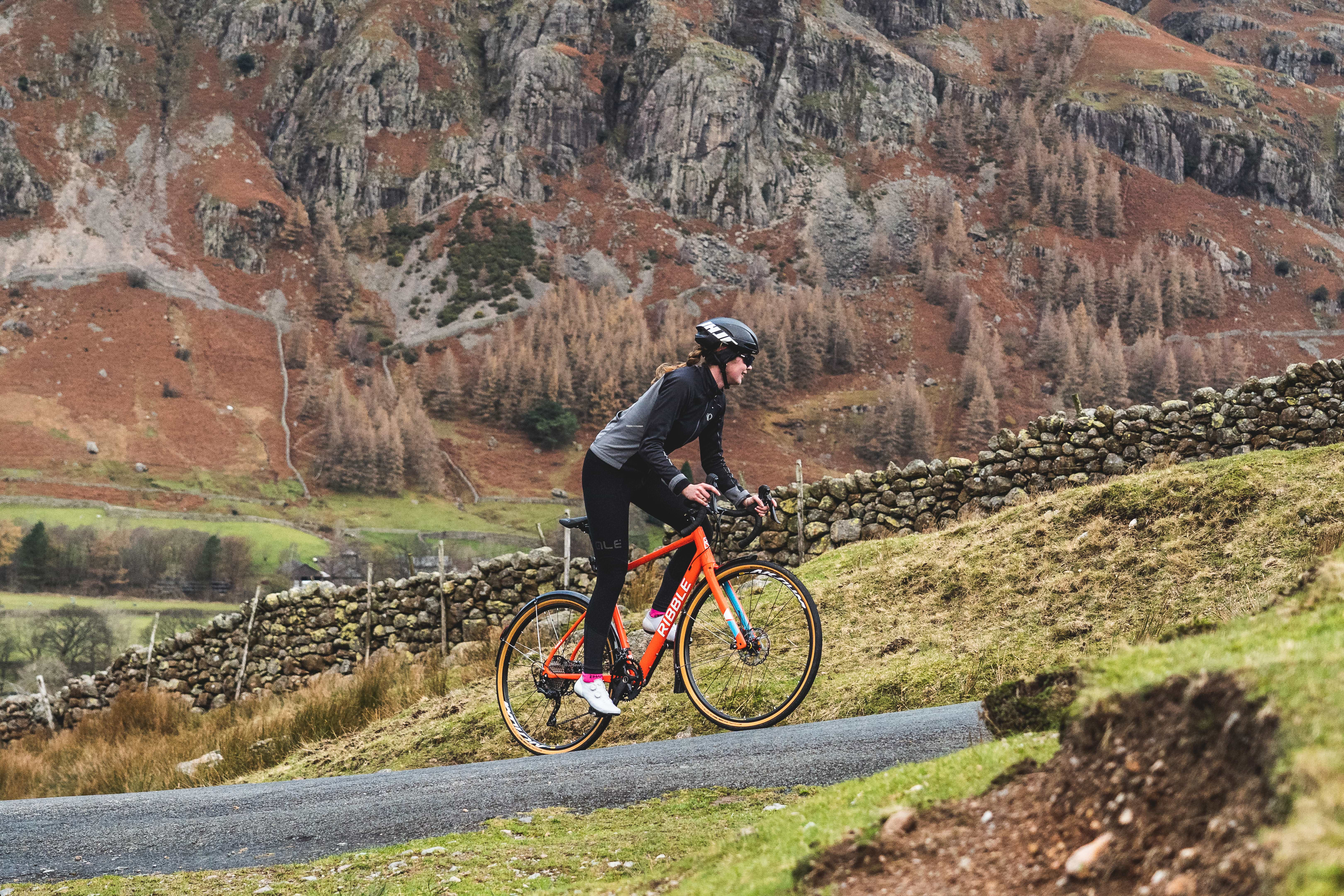How to Stay Focused for Winter Cycling
Winter Cycling and Four ways to Stay Focused
Ribble Pro Cycling's Jack Rees examines the infamous winter training and prescribes four ways to keep going when the days get shorter and the temperature drops. Let's face it - Riding a bike in winter can be very rewarding.
What Is Winter Training
The Australians call it 'offy', the French 'intersaison', whilst in the UK it’s simply the off-season. In times past, riders would put their bike away in October and pick it back up again in January. As little as 2,000 km were required to be “in shape”, even for the pro’s - ahead of the traditional season opener in France, the Tour of the Med... oh, how times change.
Since the early noughties, the off-season has been getting ever shorter and the racing season progressively longer. Both for both amateur racers and seasoned pros. With the northern/southern hemisphere overlap, it is entirely possible to race in each of the year’s twelve months.

Ribble Pro Cycling
Each rider on the team takes an individualised approach to winter. Most take a short break from cycling in late autumn, disconnecting and putting the bike away. For the riders, this is as much a mental break as a physical one, well-earned at the end of a long and demanding race season. The riders begin riding after that break, which typically lasts between seven and fourteen days.
Autumnal October and November are brilliant times to ride a bike. The only real adjustment required is a good long-sleeve jersey. Rather than focused sessions and training shifts, riders revert to just riding, with the simple goal of logging some steady miles and building a foundation for the more challenging work to come.
The team get together over the winter to work on their training. In early December, we have our first full team meeting. As with any assembly of fifteen competitive athletes, there is always an element of testing each other and trying to find the weak link. Ego aside, this provides a valuable opportunity for riders to gauge their fitness against their peers before heading into the festive period and understand the areas that need more work. Typically, our riders cover between 300 and 700 km each week throughout winter and over triple the old 2,000 km adage before they pin a number on for the first time.
Why should you commit to winter training as an amateur or recreational cyclist?
The best approach for cyclists of any level is to consider winter as the key uninterrupted period to improve their cycling fitness. Whether your targets lie simply in increasing fitness and enjoyment, a particular cycling challenge, ride, sportive, or competitive racing, maintaining the peak physical condition and fitness you worked to build up throughout the summer months and continuing to ride your bike during the winter will pay dividends when spring rolls around.
Winter training will give you a broader foundation to develop a deeper fitness level. There is a significant social element to winter riding: going out with friends, finding a local group, and enjoying time on the bike. With Zwift, the development of indoor training tools, turbo trainers and fantastic lights, you can keep riding and maximise whatever cycling time you have available, and come the summer, you’ll be happy you did.
How can you get the most from winter?
1. Ride with purpose
Shorter days ultimately equal less riding time, so maximising the time available to ride or train becomes even more critical. Utilising your time and working across all zones is the most efficient way to improve fitness.
The premise of the traditional aerobic base winter training is that accumulating a large volume of work at a low to moderate intensity will result in several positive adaptations, including processing more fat and carbohydrates – the problem as an endurance athlete is that you will be habituated to a specific volume of weekly training – probably because that is the time you have available. Training the same number of weekly hours, albeit at lower intensities, produces a lower overall workload (or training stress). As a result, it won’t stimulate your aerobic system enough to provide adaptation – or fitness improvements.
To HIT or not to HIT
The best approach for winter uses a mix of training intensities and work across all zones. Don’t be afraid to include some shorter, high-intensity efforts or time spent riding at, or above your threshold.

2. Look After Your Bike
As a trend, the winters are becoming more stable with fewer extreme conditions, but even so, winter is hard on whatever bike you choose to ride.
Old Bike
With the advent of various types of mudguards, many riders choose to make some subtle changes to the bikes they use throughout the summer months.
New Winter Training Bike
Some riders choose a specific winter bike, such as the range of Ribble CGR bikes (cross, gravel, road). With integrated mudguards, pannier mounts, wide tyre clearance and disc brakes, they are the perfect sure-footed winter workhorses.
Many of the riders train solo or with small groups, so they don’t have to worry about giving someone a face full of mud! But I’ve put together some of the key ways you can follow this example:
- Wash the bike with a hose after every ride, ensuring any road grime and salt is washed away.
- Treat the bike to a full clean, including a drive chain degrease once a week. A clean chain will last longer and avoid wear on other moving parts.
- Fit some durable hardwearing tyres which offer maximise grip on greasy roads and more puncture-resistance. We swap out our standard Vittoria Corsa G+ race tyres for the much more winter-friendly Rubino Pro Graphene.
- Add an ass saver or rear mudguards to stop the surface spray from being blasted over your back and soaking your chamois through.
- For more information on cleaning your bike, check out our bike cleaning blog!
3, Wear the Correct Clothing For the Conditions
Riding in consistently colder and potentially damper weather requires a more considered approach when it comes to clothing. The two best pieces of advice I can give are:
- Layering – multiple layers provide more options. Opt for multiple layers rather than a single heavier jacket, so you can always add or take away depending on the temperature. For me, when the weather is anything from 0-5 degrees, I would use a long-sleeve base layer, a fleece-lined long-sleeve jersey and a waterproof/windproof jersey on top of that. Combined with a rain cape or gillet in my back pocket. I am covered for almost all eventualities in each ride or training session.
- Look after your extremities – If you can keep your head, hands and feet warm, training in cold temperatures will be much more enjoyable. A skull cap, neck warmer and merino wool socks are all staple items during the winter months.
4, Considered Nutrition
You burn slightly more calories when it’s cold, as your metabolic rate has to work harder to warm your body. You also lack the same hydration cues; you’re not dripping with sweat, and you don’t feel overheated. This means your nutrition becomes something you need to consider more.
The winter training period is a great time to try different sports nutrition products and understand what you like and what suits your body best. Some basic nutritional rules of thumb to consider:
- Aim to consume 500 ml of liquid per hour of riding.
- aim to eat around 30-60 g of carbohydrates per hour for any ride over two hours.
- If you are backing up training days, consume 20-40 g of protein via your post-ride meal or with a supplement.
Winter training, or off-season training, is for all cyclists regardless of age, gender, goal or discipline. There are so many tools out there that can aid your riding and make even the coldest days great ones on the bike. My four lasting pieces of advice would be:
- Ride with a goal, whether that be duration, distance, watts or heart rate
- Look after your bike
- Layer your clothing and invest in technical garments
- Fuel for the ride
But have fun above all else!
If you’d like more tips about how to power through your winter training, why not check out our blog about tips for winter cycling?

